10 Signs It’s Time to Replace Your Home’s Siding and Trim
Share this content!
If you want to protect your home against pests and damaging weather, well-maintained siding is your first line of defense. Replacing old siding is a hassle but many homeowners only have to do it once if they take good care of it. This article explores the top signs that your siding and trim needs replacing.
It’s not uncommon for homeowners to experience failing siding and exterior trim. It’s not easy to spot some of the signs that your siding is in need of attention. Even brick homes have trim that can fail. These are not repairs that should be ignored. Dealing with siding and trim issues early will save you time and money.
Look for these signs to understand when it’s time to upgrade your siding and trim to keep it looking fresh and to help protect your home.
1. When You Continue to Have Excessive Maintenance, It May Be Time to Replace Your Siding and Trim
Excessive maintenance is a simple sign that your siding lifecycle is shortening. I you skip regular maintenance, damage can happen to the integrity of the underlying wood structure. The cost of replacing the siding could be less than the cost of continuing to repair it.
2. Loose or Missing Siding is a Sign You Should Upgrade
When you begin to loose pieces or sections of siding, you are no longer protecting your underlying structure. Excessive moisture, as well as pests, can get underneath through the missing pieces and lead to a range of issues and expensive repairs.
3. Pest Damage Translates to Siding and Trim Replacement
Woodpeckers, termites and other pests can cause serious damage to your home. If you have frequent issues with pests, you may want to consider replacing your siding with a material that offers little appeal to critters, such as fiber cement siding.
4. Fading Color is a Sign of Failing Siding and Trim
Fading color doesn’t necessarily mean that you need to replace your siding right away, but it may be a sign that you should consider some options. Shop for different siding options and consult the experts at Fountain Building Supply for suggestions.
5. Buckled, Cracked, Sagging or Warped Siding Can Mean Replacement Is Needed
Not only does buckled, cracked, sagging, or warped siding affect your home’s curb appeal, but it may also be a sign that it’s not protecting your home effectively. It’s possible you can get away with replacing a few pieces of siding, but the damage can get worse if ignored. If the damage is excessive, it may be time to consult a siding expert.
6. Rot is a Major Sign That Siding Needs to Be Replaced
Here in central Alabama, we live in a hot, humid climate that is unkind to wood and paint. When the paint fails, wood is exposed to our harsh climate conditions. Even a small paint failure will allow water to get to the wood, which in turn will speed up paint failure. This will eventually lead to rot in the wood, which is a self-exacerbating condition. Rotten wood softens and is able to hold more water, which encourages rot to spread faster. This is why it is important to deal with rot issues as soon as they appear. If caught early, the repair is possible. However, if left unattended, replacement becomes the likely scenario.
7. If Frequent Siding Painting is Needed, It’s Time for Replacement
If your paint is not holding up as long as you feel it should, this may be a sign your siding or trim is beginning to soften and may need replacing. Especially in the hot summer, moisture trapped in the wood will try to escape pushing at the film of paint. Once the wood begins to soften it can hold more water building up more pressure behind the paint.
8. Poorly Installed Siding Will Not Last as Long
Generally, the people who build the frame of a house are the ones who install the siding and exterior trim. Installation of siding and trim requires close attention to detail. Sometimes those details are overlooked, especially if the house is built quickly. Siding is frequently run too close to the roofing, protective flashings are often left off, and trim is run on top of the siding rather than bringing the siding to the trim. If you think your siding and trim needs some attention, consult an expert.
9. When Utility Bills Soar, It’s Time to Consider Siding Replacement
How well the envelope of a house is protected can be a major factor that leads to high utility bills. Air infiltration and insulation affects the efficiency of our heating and cooling efforts. Air and moisture infiltration are significantly handled by the application of siding and trim. When corners are cut, bad things happen. When siding is replaced, it is an opportunity to tighten the house and reduce air and moisture leaks.
10. Dampness in the House Is a Sign of Failed Siding and Trim
In Alabama’s hot, humid climate, the outside air most often carries with it a good deal of moisture. That moisture makes achieving comfort in the home more difficult and energy-consuming. It can cause mold, which presents significant health issues. By tightening up your home when new siding is installed, you can reduce the amount of moisture that gets into the house. If your house frequently feels damp, it could be a sign that you may need to replace your siding.
How Long Does Siding Last?
The type of material you chose, the way it was installed, and factors like climate and exposure to the elements can all affect the life of your siding. Perform an annual inspection to keep your home in top condition. Walk around the home and look closely, noting anything that could be addressed with basic maintenance. It’s always better to address issues early before they become major problems.
Replacing your home’s siding is a large project that can be difficult. It’s a good idea to let the trade professionals handle it.
Shop Fountain for a Wide Variety of Brand-Name Siding and Trim Products
Rely on Fountain Building Supply when looking to upgrade your home’s siding. We have an extensive inventory of siding, including James Hardie and fiber cement options. We pride ourselves on affordable, competitive products.
Follow Us on Facebook and Instagram Win Prizes!
"Get In, Get Help, Get It Done With Fountain!"
Contact Us
Share this story!
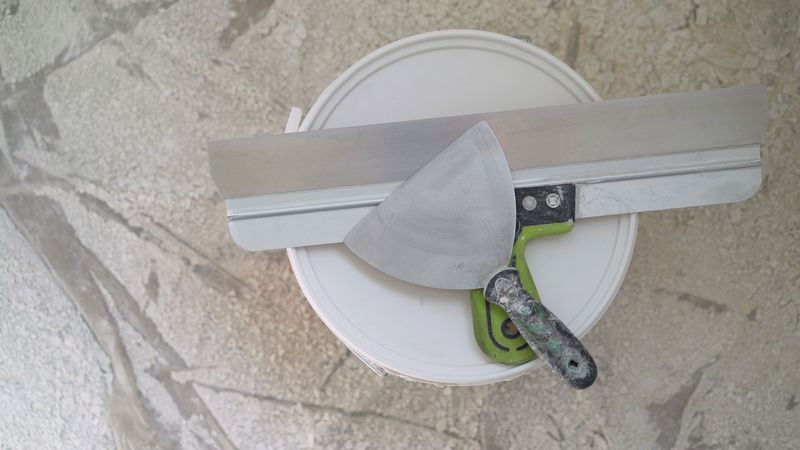
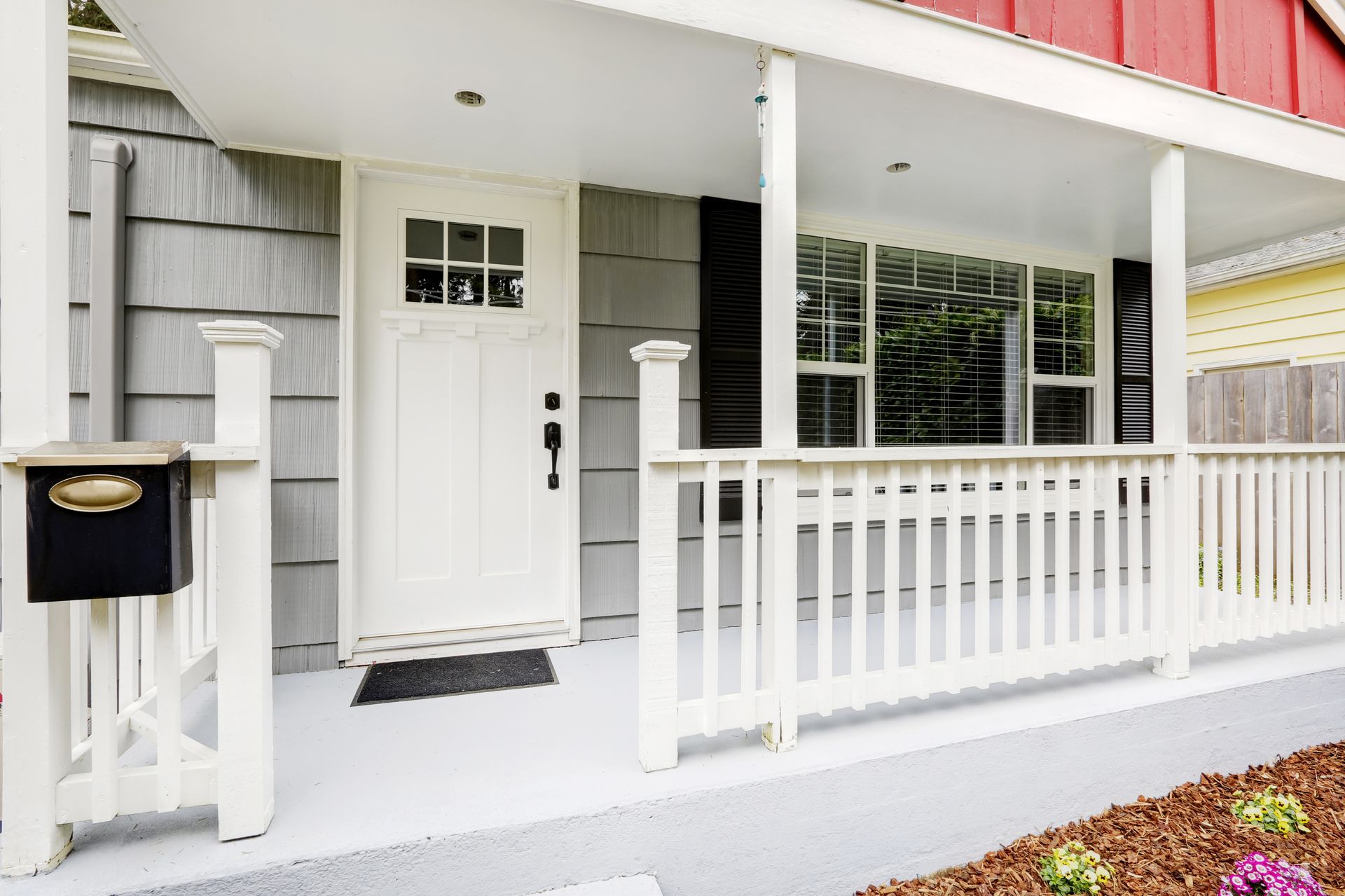
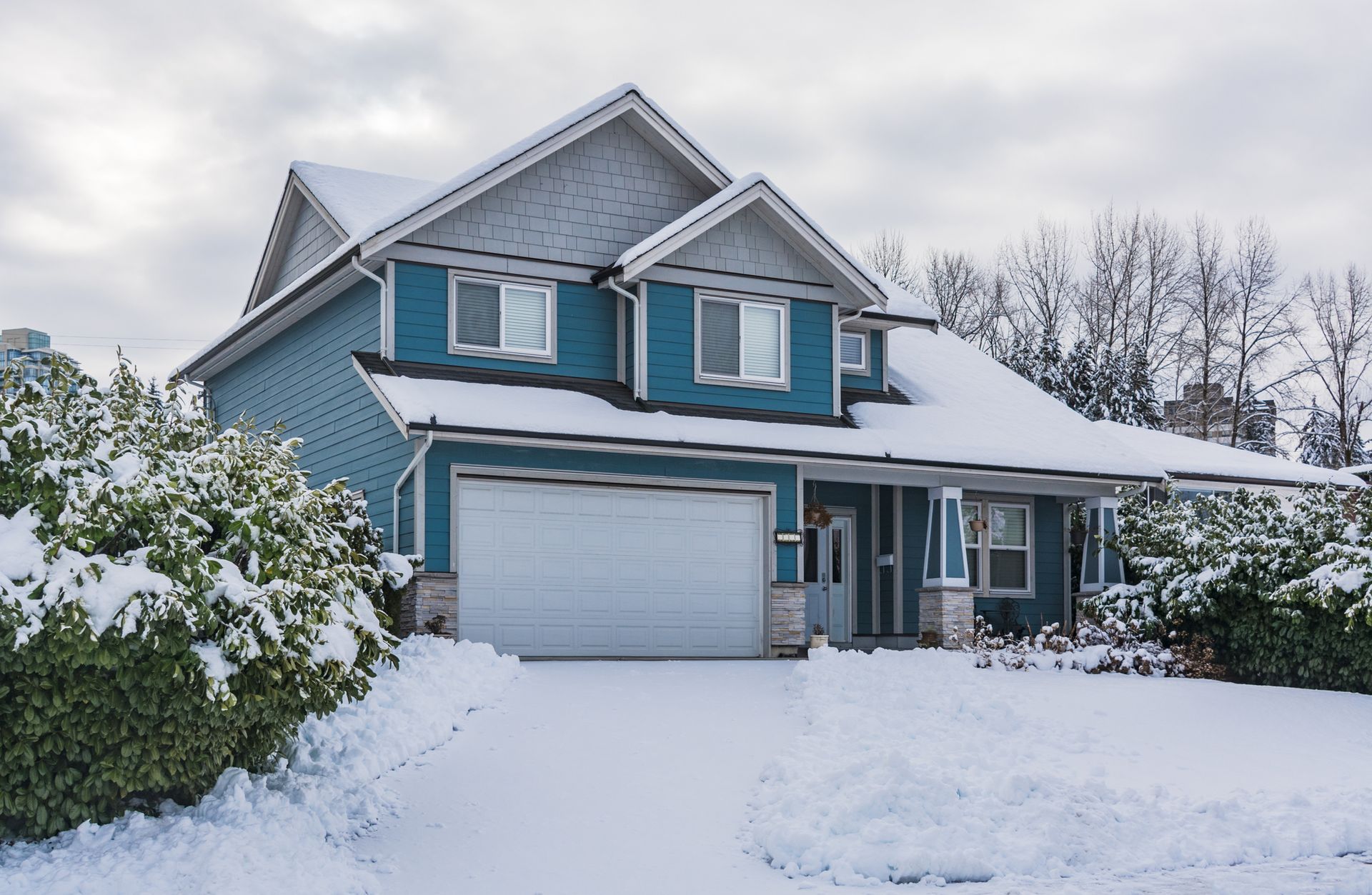
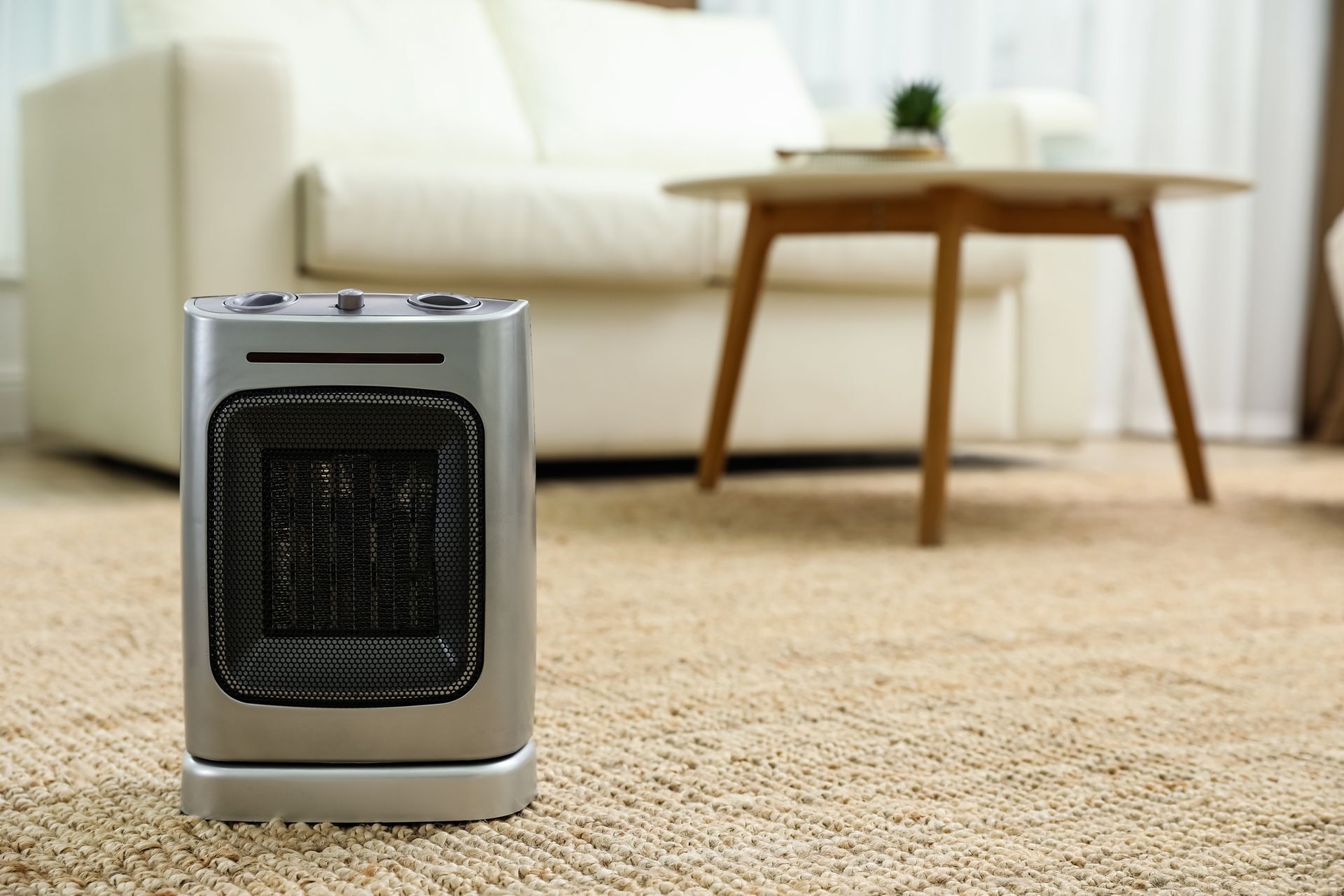

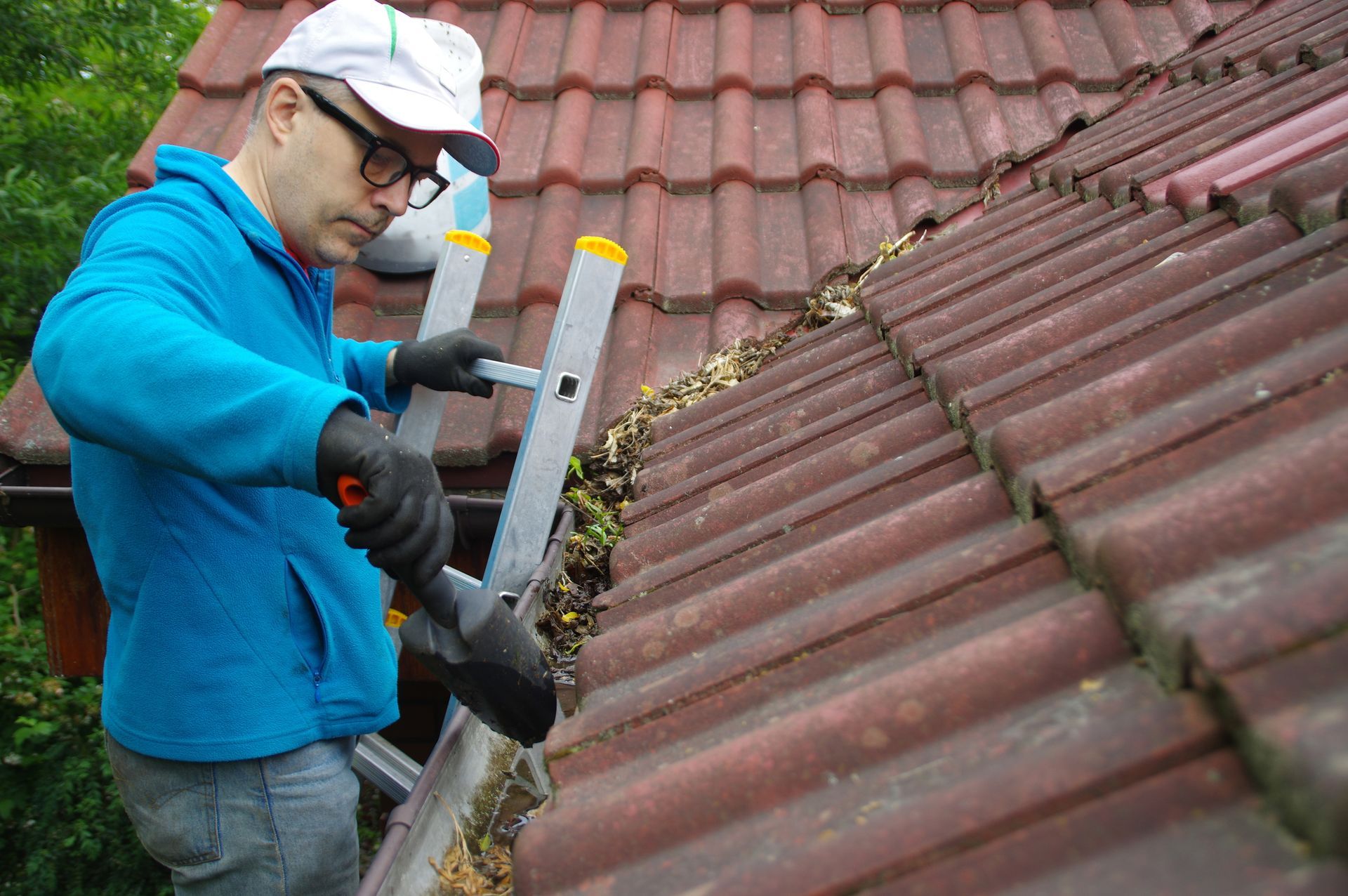
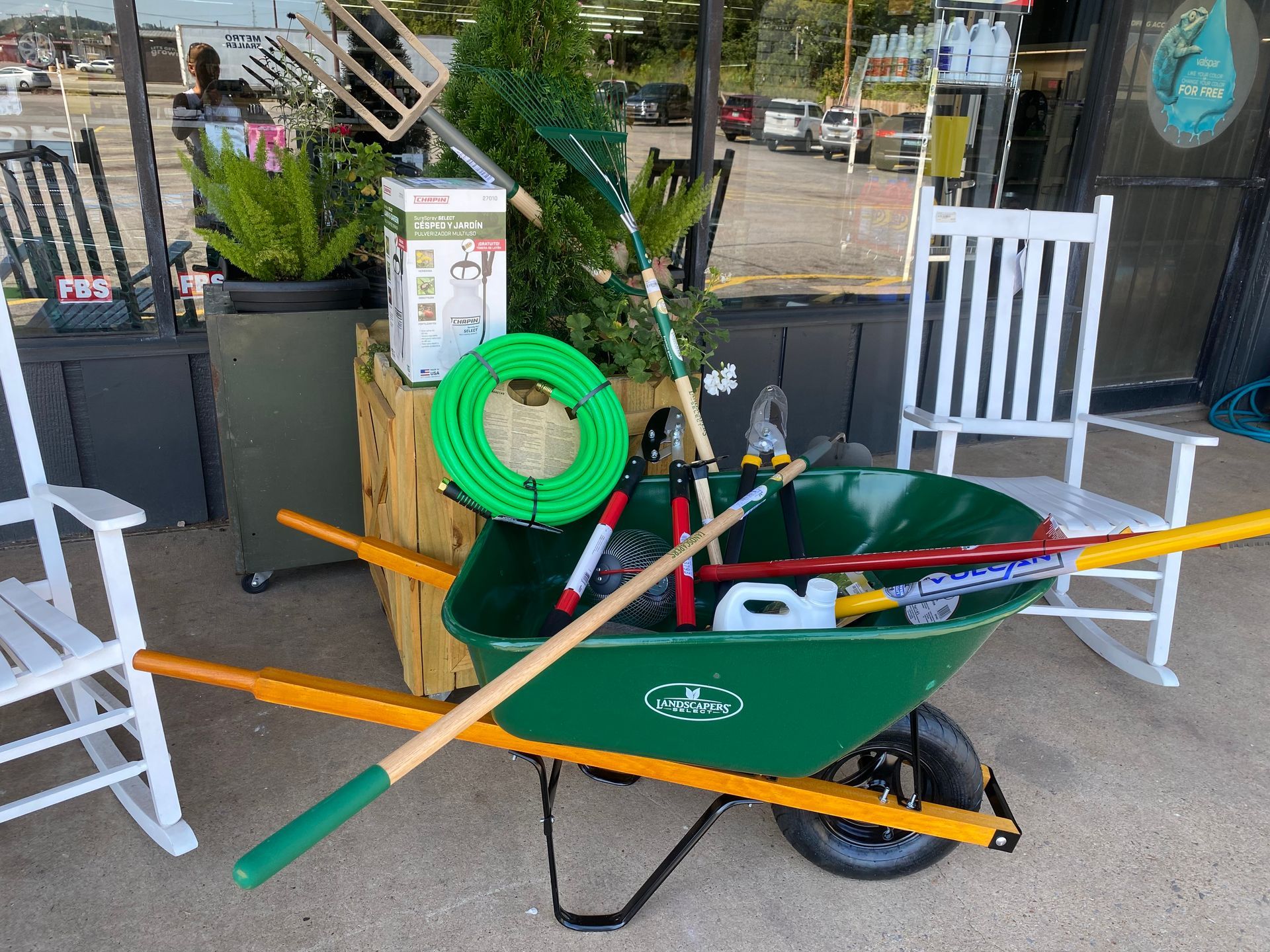

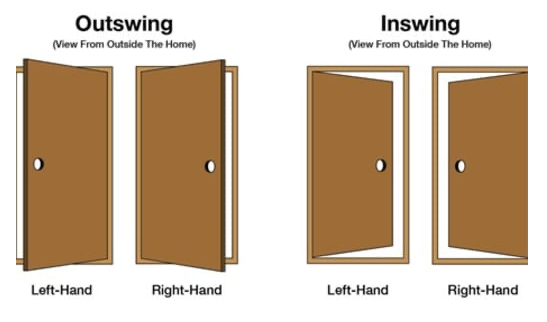

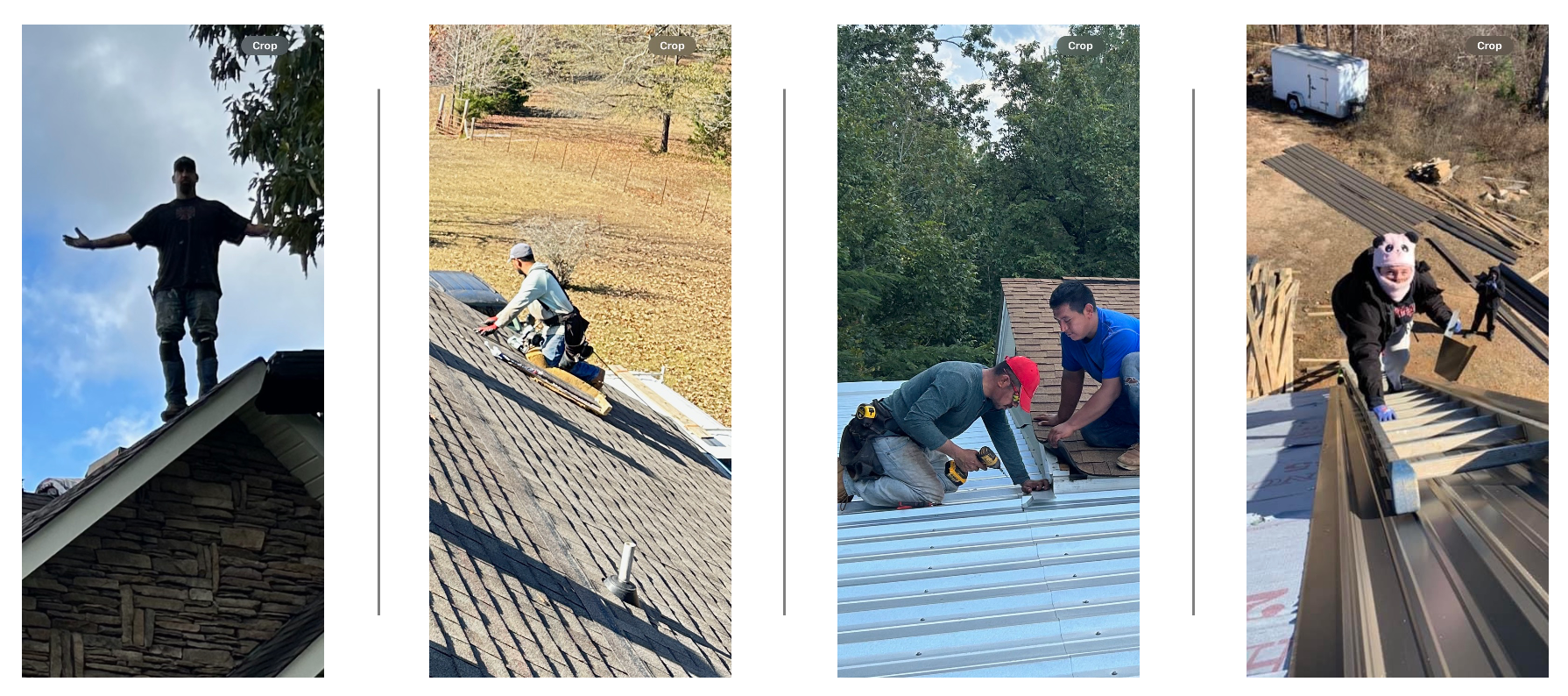
Share On: